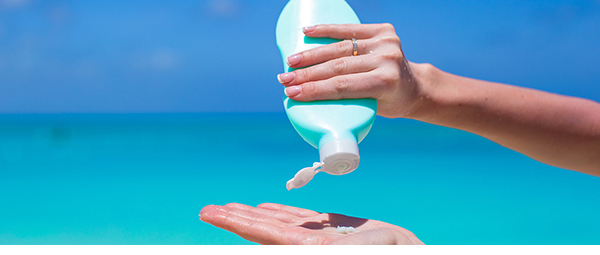
Sun Protection Myths
Children need a lot of direct sun exposure or they will develop a Vitamin D deficiency.
Most children get enough Vitamin D from their everyday activities, even when well protected with clothing, hats and sunscreen.
If my baby is jaundiced or has nappy rash, exposure to direct sunlight is helpful.
Expose your baby’s skin to fresh air, not direct sunlight. Jaundice should be monitored by a doctor.
Sunscreen use may actually increase skin cancer rates.
Research shows that problems can arise if people use sunscreen to prolong their time in the sun. If used correctly, broad-spectrum sunscreen can lower skin cancer rates.
My child has olive skin therefore they are not at risk of skin cancer.
Anyone, regardless of skin type, who spent their childhood in Australia or New Zealand is at high risk of developing skin cancer.
It takes at least half an hour to get sunburnt.
In areas with high levels of UV radiation it is possible to get burnt in as little as 11 minutes. It’s important to be protected whenever you’re out in the sun, even for short periods.
Skin cancer is easy to detect and treat and only old people get it.
Skin cancer can happen to you when you’re young and treatment can result in permanent scarring. Check your skin regularly & consult your GP if you notice any changes.
Sunscreen is toxic.
There is no evidence of any harmful long-term effects associated with the use of sunscreen. Cancer Council sunscreen has the least amount of chemicals possible.
One application of sunscreen in the morning is enough.
No sunscreen provides 100% protection and it should always be used in conjunction with other sun protection methods. Sunscreen should be reapplied every 2 hours.
By using fake tan I’m darkening my skin so it’s protected from the sun.
Fake tanning lotion is like dying your skin - the change is only external. There is no improvement in your body’s ability to protect itself from the sun.
You can’t get burnt in the car or through a window.
Glass significantly reduces transmission of UVB rays, but only a third of UVA rays. Both UVA and UVB radiation contribute to sunburn and skin cancer.
Source: The Cancer Council NSW






Comments